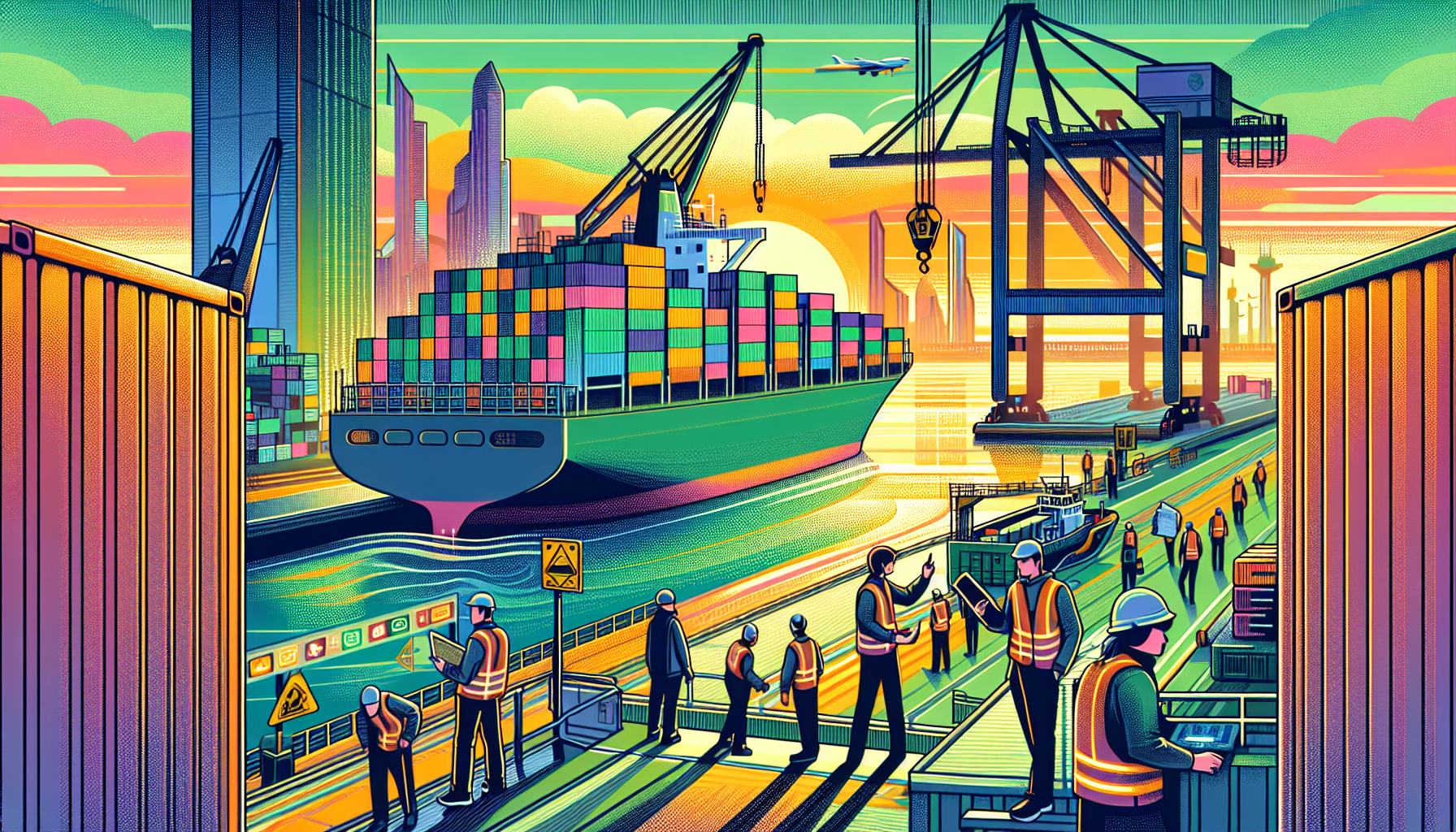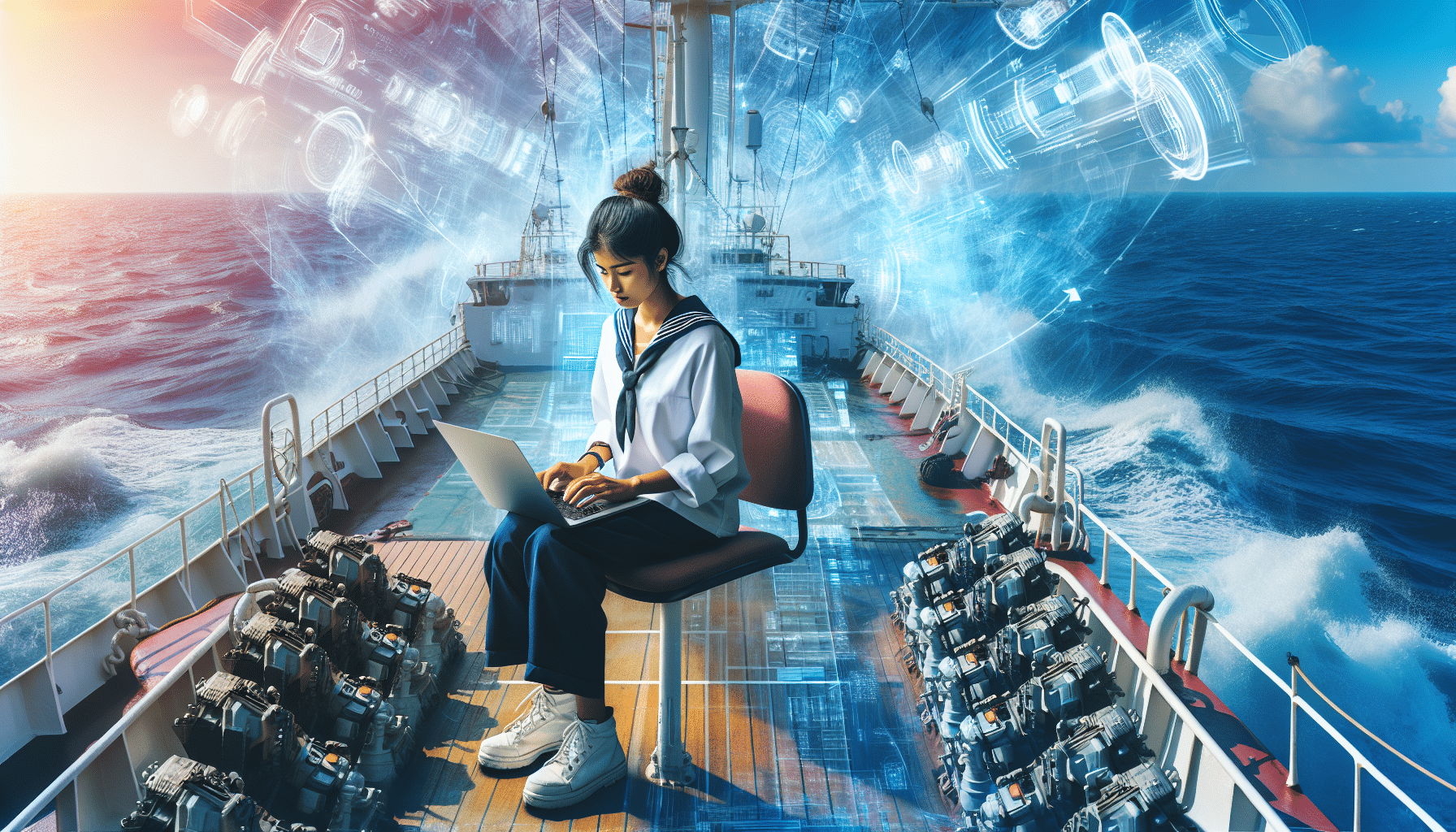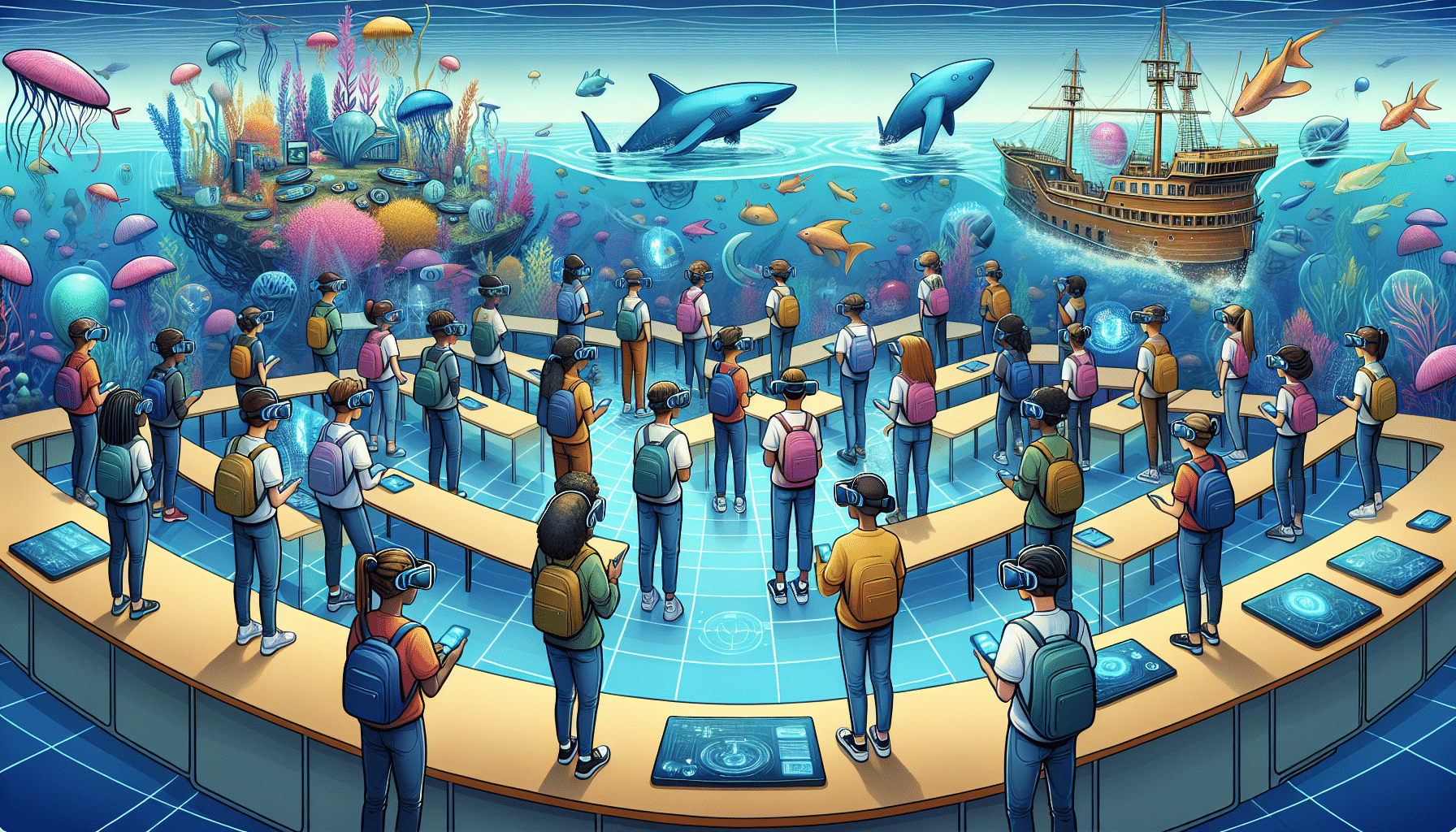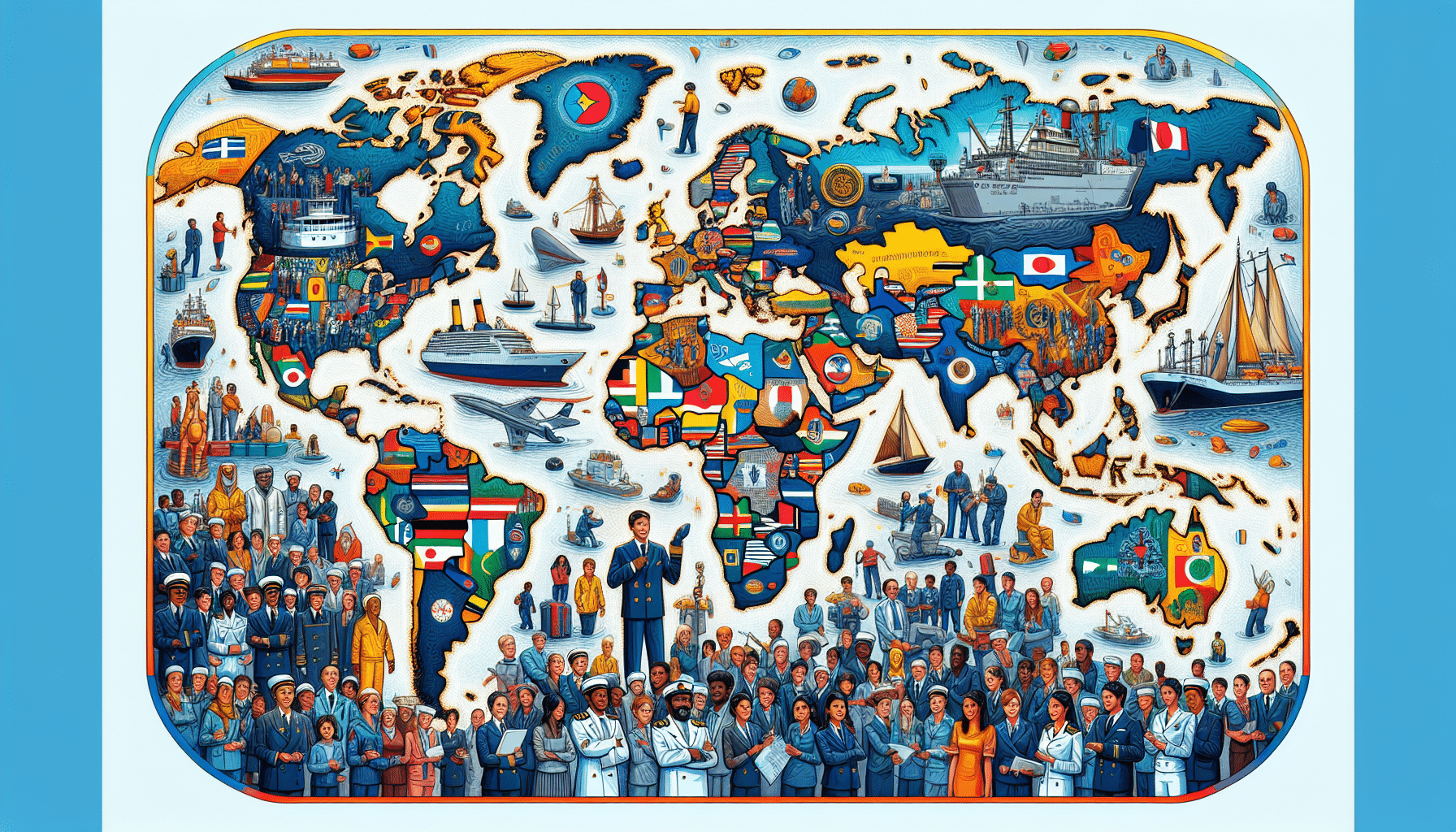Introduction to Recent Changes in Maritime Regulations
The maritime industry, critical for global trade, undergoes continual regulatory updates to address environmental, safety, and security concerns. Recent changes focus largely on reducing maritime pollution, enhancing the safety of ship operations, and improving transparency in the shipping industry’s activities. This article explores these key updates and their implications for the maritime sector.
New Environmental Regulations
International Maritime Organization’s 2020 Sulphur Cap
One of the most significant recent regulatory changes is the implementation of the International Maritime Organization’s (IMO) 2020 Sulphur Cap. This regulation, which took effect on January 1, 2020, reduces the maximum sulphur content in marine fuel oil to 0.50% m/m (mass by mass) from the previous limit of 3.50% m/m. This drastic reduction aims to decrease the amount of sulphur oxide emissions from ships, which are harmful to both human health and the environment.
Increase in Marine Protected Areas
There has been a global push to increase the number of Marine Protected Areas (MPAs) to conserve marine biodiversity. MPAs restrict certain types of economic activities, such as fishing and oil exploration, within their designated boundaries. The expansion of these areas impacts shipping lanes and requires rerouting or additional planning for maritime operations to avoid ecological damage.
Enhancements in Safety and Security Measures
Amendments to the International Convention for the Safety of Life at Sea (SOLAS)
Recent amendments to SOLAS focus on improving the safety standards for the construction, equipment, and operation of ships. Key changes include mandatory requirements for damage stability information to be readily accessible for cargo and passenger ships. Furthermore, new regulations enhance the fire safety protocols in the engine rooms of new ships, especially concerning the use of fuel oil.
Implementation of Cyber Risk Management Protocols
With the increasing digitalization in maritime operations, cyber security has become paramount. The IMO has adopted resolutions that mandate maritime organizations to incorporate cyber risk management into their safety management systems. This protocol, which became effective from January 1, 2021, ensures that ships are equipped to handle cyber threats that could affect their operational integrity.
Measures for Greater Transparency
Shipping Emissions Transparency Initiative (SETI)
The Shipping Emissions Transparency Initiative (SETI) aims to increase transparency in the industry by developing a robust framework for public reporting and verification of carbon emissions from ships. This initiative aligns with the broader goals of the IMO to cut greenhouse gas emissions from the shipping industry by at least 50% by 2050 compared to 2008 levels.
The Digitalization of the Bill of Lading
The transition towards digital bills of lading represents another step towards transparency and efficiency in the maritime industry. This digital document facilitates faster, more reliable, and transparent transactions between ships and ports, helping to decrease the potential for fraud and errors traditionally associated with paper-based systems.








